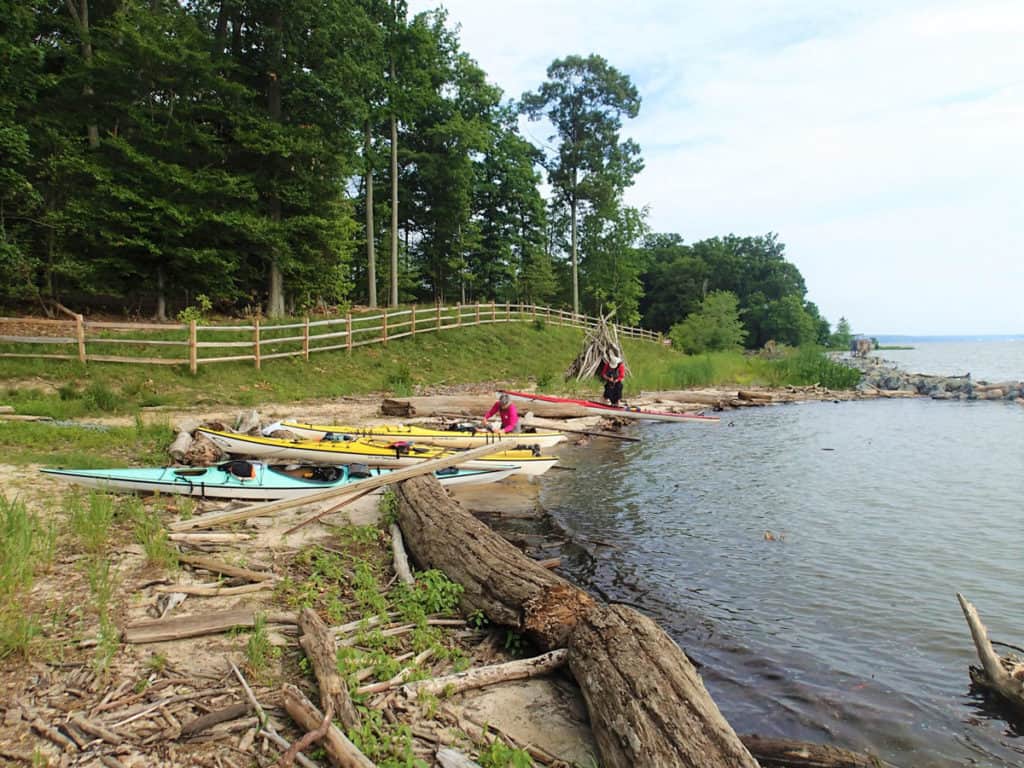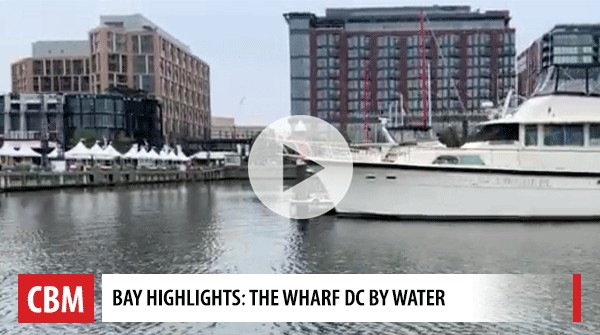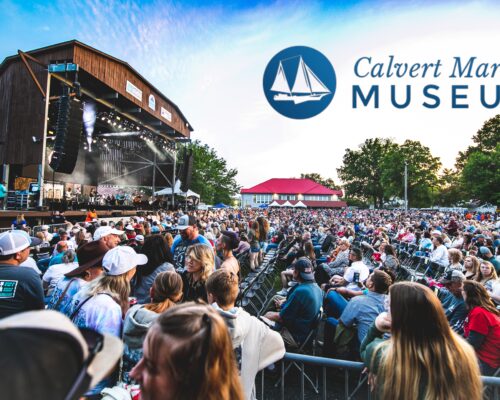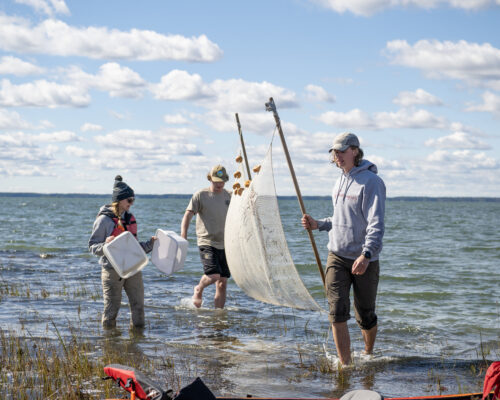Kayak touring along the nation’s river.
What if I told you there was a road with no traffic or complicated directions that connects the region’s historic, natural, and cultural treasures? That on this road you could watch planes take off from Ronald Reagan International and bald eagles land at their cliffside nests? That you could see George Washington’s birthplace, his homestead, and the War of 1812 fort that bears his name? That along the way you might ogle ghost ships, colonial manors and a famous Marine base? You’d say there is no such road, and you’d be right—it’s a river.
The Potomac River is sometimes called the nation’s river, but for many years, getting on the water was easier said than done. When the EPA released it’s 2010 Strategy for Protecting and Restoring the Chesapeake Bay Watershed, it called on the National Park System to increase public access to the Bay and tributaries by adding 300 new public access sites by 2025, a 40-percent increase over 15 years. Boosting access would boost engagement, the thinking went. According to the NPS’s follow-up report, “The sense of place that evolves from outdoor experiences along Chesapeake waters often leads to a feeling of shared responsibility for the resources.” Now, more than two-thirds of the way through the EPA’s original timeline, new access sites are popping up all over the watershed, and the Tidal Potomac is no exception.
Just ask Ralph Heimlich. Google- search “kayak” and “Potomac” and Heimlich’s name will be scattered throughout the top results. He’s been leading trips down the river for the Chesapeake Paddlers Association for decades. If anyone understood the need for access—parking areas, launch sites, campsites—it was him. The Ellicott City resident is a fan of kayak touring—packing everything you need in your boat and heading out on the water for days—and he has plenty of stories of aborted trips thanks to the once-unnavigable distances between access points.
This meant missing out on what Heimlich calls the “startling scenery,” of the Potomac River—beaches full of fossils, towering cliffs, and history on all sides. He’s been heartened to see the efforts that Maryland and Virginia have made in creating new ways onto the water, and so far, he’s tried them all. Heimlich is the mastermind behind Potomac Passagemaker Tours, which creates kayak touring itineraries along the river. His hope is that one day he’ll be able to launch in DC and spend six or seven days on the water, ending up at Point Lookout State Park in Maryland where the Potomac empties into the Chesapeake Bay.
I reached out to Heimlich to provide a virtual tour of the Potomac for anyone looking to make a long haul down the river.
He begins by recommending that we launch from Pohick Bay Regional Park in Lorton, Virginia, for its reliable and safe overnight parking. Sixteen miles downriver on the Virginia side, kayakers will find new paddle-in sites at Leesylvania State Park, which also boasts that elusive primitive campsite feature: a bathroom. The second leg of the trip features another twenty miles of paddling to Smallwood State Park, Maryland where intrepid (and in-shape) wayfarers can leave their campsites for a foray further up Mattawoman Creek. Captain John Smith referred to this biodiverse wonderland as “Mataughquamend,” an Algonquian compound meaning, “where one goes pleasantly.”
The next ten miles downstream feature Mallow’s Bay and its famous ghost fleet on the Maryland side as well as two of Virginia’s newest riverside campgrounds, including Caledon State Park, which Heimlich refers to as “the best of the best.” These sites are located on a bluff overlooking the Potomac and miles from the nearest parking lot. A couple of miles upstream, Widewater State Park has added water-adjacent sites, though you’ll be sharing your accommodations with the car-camping set.
Before paddling under the US 301 bridge, campers will find refuge at Friendship Landing and Chapel Point State Park, both in Maryland. Here the river begins to widen significantly. Heimlich warns that paddlers exercise extreme caution in crossing, as the weather and wind can change quickly and create dangerous conditions. But this is also the most scenic part of the journey, a place where the water clears, revealing the aquatic life below, he says.
At Virginia’s Westmoreland State Park, an arduous 24 miles from Chapel Point, the recently added paddle-in sites adjoin the area’s popular fossil beds. “You can feel like you’re in a zoo,” Heimlich says of the busy campground. There are quieter places to rest your head across the Potomac at Newtowne Neck State Park in St. Mary’s County. One site looks out over Breton Bay and another rises above St. Clements Bay. Newtowne Neck is on the National Register of Historic Places as it was once home to the Piscataway Tribe as well as the site of the first European settlement in Maryland. From there, it’s a hustle down to the mouth of the river to Point Lookout State Park where traditional campsites are close enough to the water to be considered paddle-in.
While the NPS and its partners continue to install access sites, the Potomac River is more ideal for overnight trips rather than consecutive days of kayak touring, akin to section-hiking the Appalachian Trail. But if, like Heimlich, your ambition is to paddle from DC to the Bay, consider joining the Chesapeake Paddlers Association. The 700-member organization hosts monthly excursions and holds frequent clinics, including an introduction to kayak camping. Additionally, it’s a good place to meet like-minded folks to round out your flotilla. With more access, will come more adventures.
“When you’re done with the Potomac,” Heimlich says, “you can start on the Patuxent.”
Kayak Touring Essentials
- Always bring a buddy.
- Stay close to the shore and out of the shipping channel.
- Check the weather. Check it again.
- Try not to capsize but dress for it anyway.
- Use a spray skirt but learn how to use it first.
- Bring a whistle—a distress call is three long blasts.
- No lifejacket? No paddling.




